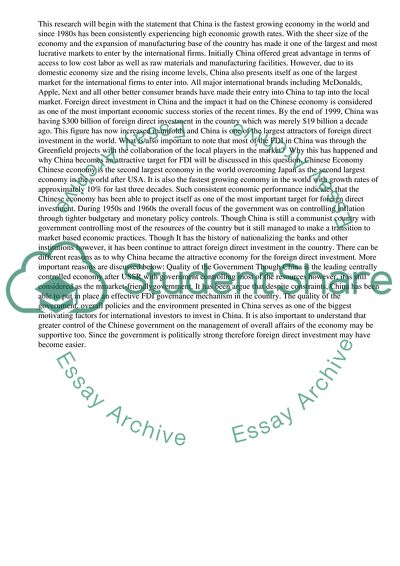Cite this document
(“China as an attractive market for Foreign Direct Investment Essay”, n.d.)
Retrieved from https://studentshare.org/business/1403339-chinese-economics
Retrieved from https://studentshare.org/business/1403339-chinese-economics
(China As an Attractive Market for Foreign Direct Investment Essay)
https://studentshare.org/business/1403339-chinese-economics.
https://studentshare.org/business/1403339-chinese-economics.
“China As an Attractive Market for Foreign Direct Investment Essay”, n.d. https://studentshare.org/business/1403339-chinese-economics.


